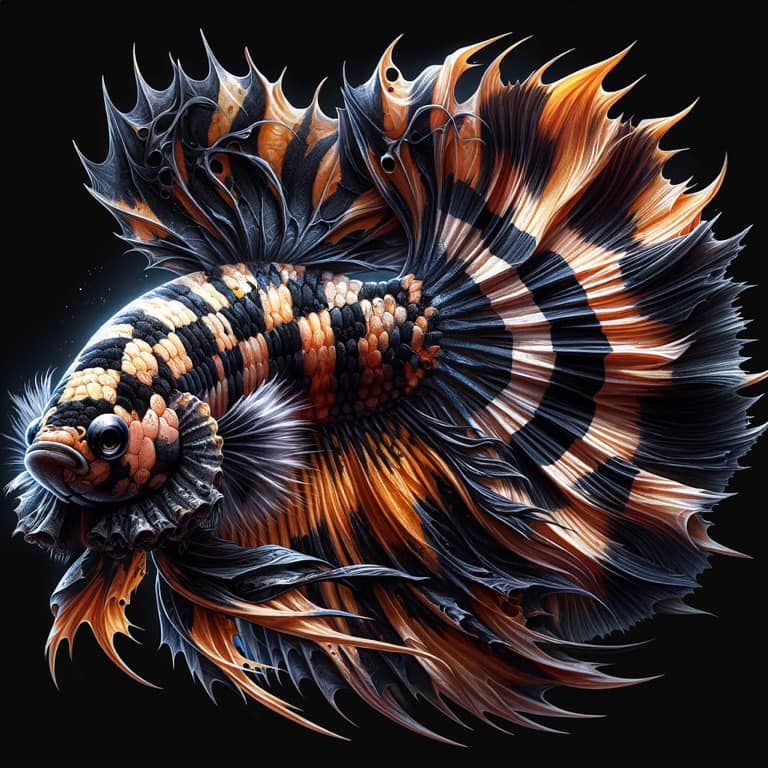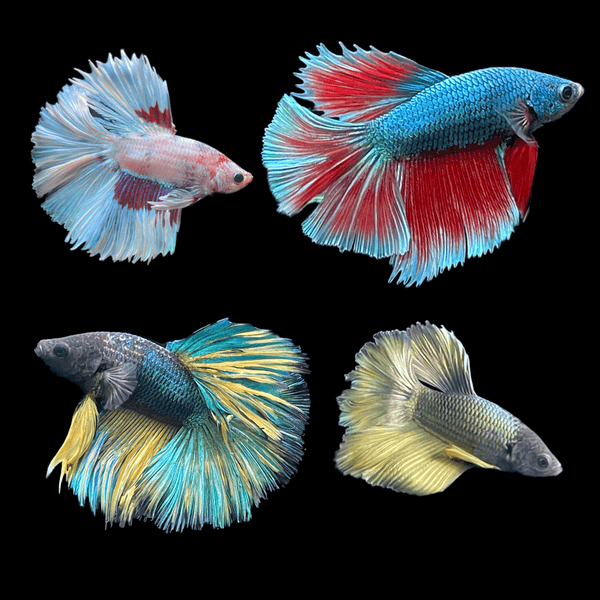Breeding Betta Fish: a Comprehensive Step-By-Step Overview to Successfully Raising Child Bettas From Eggs to Their Adult Years
Reproducing Betta fish is a thorough undertaking that requires cautious preparation and implementation to ensure the successful development of fry from eggs to mature fish. As the male Betta vigilantly constructs a bubble nest and guards the valuable eggs, the succeeding phases of treatment and change need focus to information and expertise of ideal practices.

Picking Reproduction Pairs
When starting the journey of reproducing Betta fish, selecting the right reproduction pairs is essential to achieving preferable characteristics and a healthy family tree - betta fish. The very first step in this procedure is to determine the specific attributes you want to boost or preserve, such as shade, fin kind, and physique. It is important to pick genetically diverse sets to avoid inbreeding, which can bring about wellness issues and unwanted attributes
Examine possible breeding prospects carefully. A healthy male Betta must exhibit dynamic colors, an active behavior, and well-formed fins, while the lady ought to additionally display lively pigmentation and a rounded tummy, showing readiness for spawning. Observing the character of both fish is vital, as aggressive or extremely shy individuals might not breed efficiently.
Documentation of family tree is just as essential. Keeping records of the moms and dad fish's ancestry can help you track hereditary traits and potential concerns. Furthermore, seek advice from respectable dog breeders or on-line resources for assistance on choosing compatible sets. Inevitably, spending time in the selection process will substantially boost the chance of generating strong, vivid offspring that meet your breeding goals (betta fish).

Preparing the Reproduction Container
Producing an optimal reproduction setting is an essential step after picking appropriate pairs for Betta fish. The reproduction tank ought to be particularly designed to give comfort and boost the natural reproduction habits of the fish. Start with a storage tank dimension of at least 10 gallons to make sure ample space for both the man and women Bettas.
Maintain a mild filtration system to maintain the water tidy while preventing strong currents that can worry the fish. Furthermore, an air stone can be contributed to provide oxygenation without disrupting the water surface area way too much.
Temperature guideline is vital; go for a secure variety of 78-82 ° F(25-28 ° C) making use of a trusted heater. The pH degree need to be kept in between 6.5 and 7.5, and normal water modifications are necessary to make sure high water top quality.
Incorporate floating plants or generating sponges to create concealing spots for the woman, while additionally encouraging bubble nest building by the male - betta fish. Make sure the storage tank is cost-free from sharp decorations and any possible hazards, as the welfare of the fish ought to see this here always be prioritized throughout this important stage of reproduction.
The Reproduction Process
Usually, the reproducing procedure for Betta fish includes a collection of unique and evident habits that indicate readiness for reproduction. The male Betta begins by building a bubble nest at the water's surface, which works as a site for the fed eggs. This nest is essential, as it supplies a risk-free atmosphere for the eggs up until they hatch.
Once the nest is established, the male will certainly present courtship behaviors, such as flaring his fins and exhibiting vivid shades to bring in the woman. The woman, upon noticing the male's readiness, will respond by showing vertical red stripes along her body, signifying her receptiveness.
The fed eggs then fall to the bubble nest, where the male carefully accumulates and returns them to the nest. Following this, the male presumes duty for safeguarding the nest and guaranteeing the safety and security of the eggs up until they hatch, typically within 24-36 hours.
Taking Care Of Betta Fry
Caring for Betta click here for more fry needs mindful attention to their environment and nutrition to make sure healthy and balanced growth and advancement. After hatching out, Betta fry are extremely little and at risk, necessitating a stable and clean environment.
Feeding Betta fry is similarly crucial. Feed them tiny quantities numerous times a day, being mindful not to overfeed, which can lead to water high quality problems.
Transitioning to Adult Bettas
As Betta fry mature, transitioning them to adult Bettas is an important stage that calls for cautious administration of their atmosphere and social interactions. This process usually begins when the fry get to around six weeks old, whereupon they can be progressively introduced to a much more organized living environment.
To promote this shift, it is necessary to ensure that the water criteria-- such as temperature level, pH, and ammonia levels-- are optimum and stable. Grown-up Betta fish flourish in cozy water (around 78-80 ° F) with a pH of 6.5 to 7.5. Slowly acclimate the fry to these problems to minimize stress and anxiety.
Social interactions are one more vital aspect; man Bettas are notoriously territorial and hostile. For that reason, it is advisable to separate men into specific tanks as they grow. Women Bettas can be housed together, however treatment should be taken to check for signs of aggressiveness.
In addition, nutritional adjustments should be made as the fry grow. Integrate high-grade pellets and live foods to useful reference support their growth and health and wellness. By handling these elements effectively, you can promote a successful shift to the adult years for your Betta fish.

Final Thought
Successful breeding of Betta fish requires mindful focus to information throughout the whole process, from selecting genetically diverse sets to supplying ideal take care of fry. By making sure appropriate breeding problems and keeping water quality, the chance of healthy and balanced children enhances substantially. Furthermore, a balanced diet regimen and progressive adjustment to grown-up environments are crucial for the development and advancement of Betta fish. Following these actions carefully promotes a flourishing population of Betta fish, enhancing both their wellness and vitality.